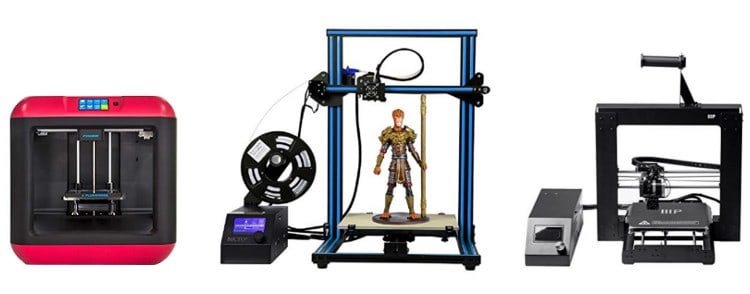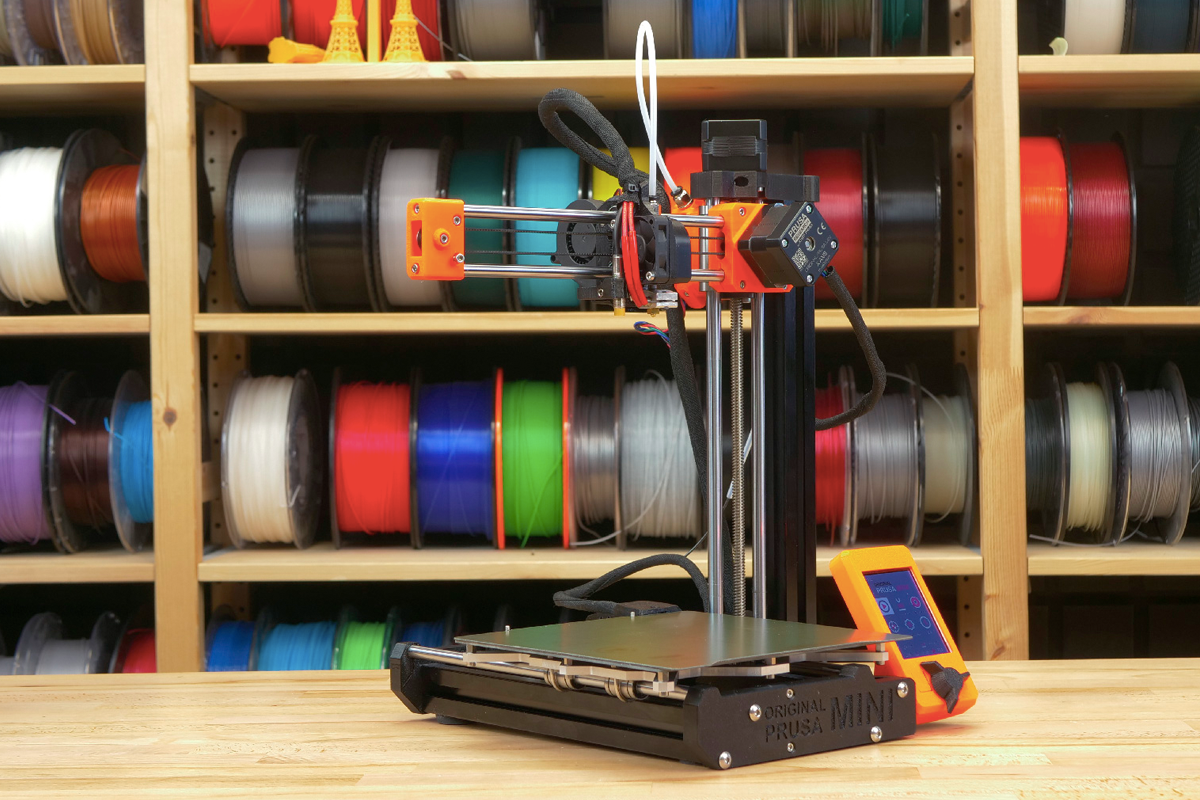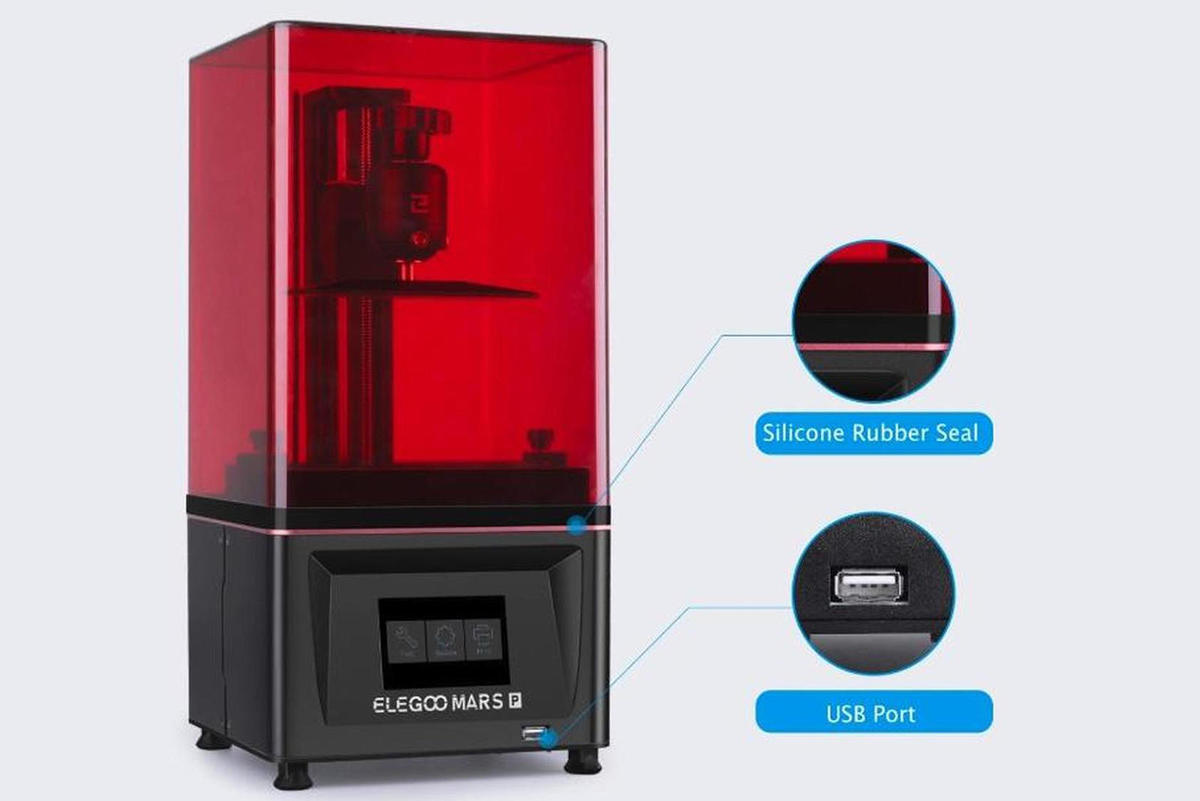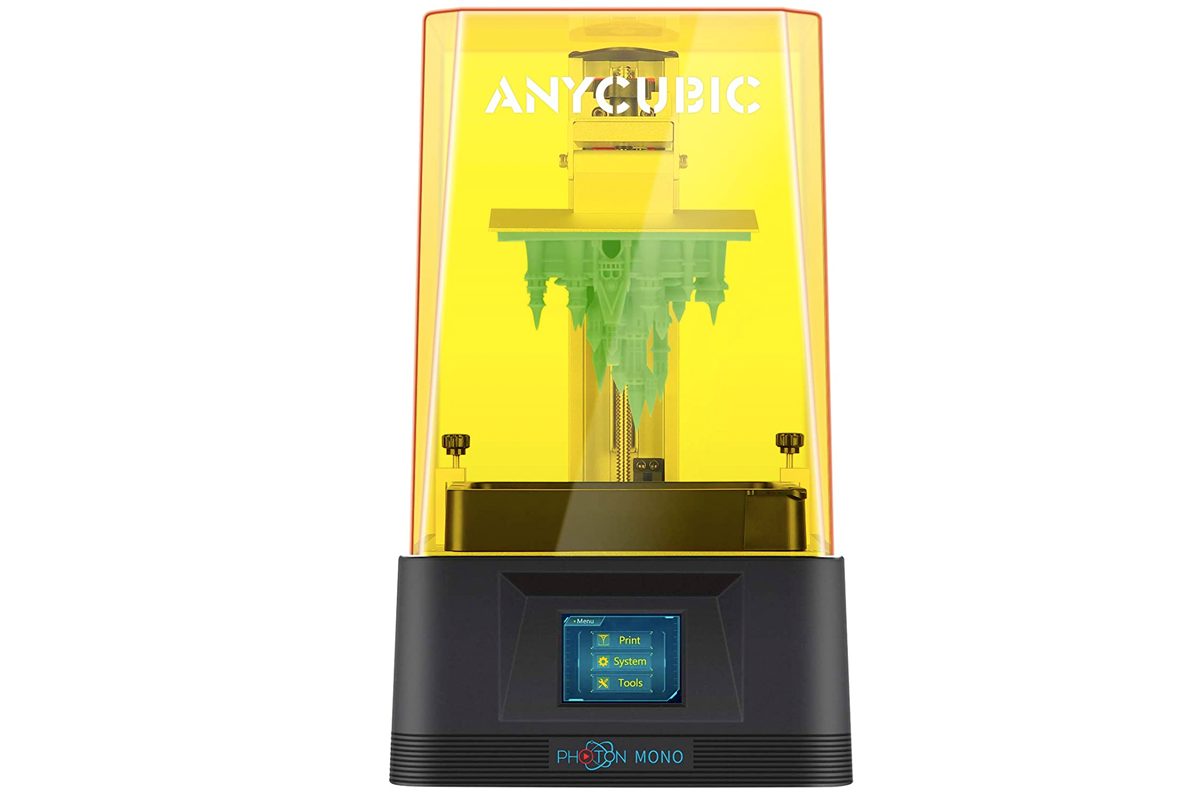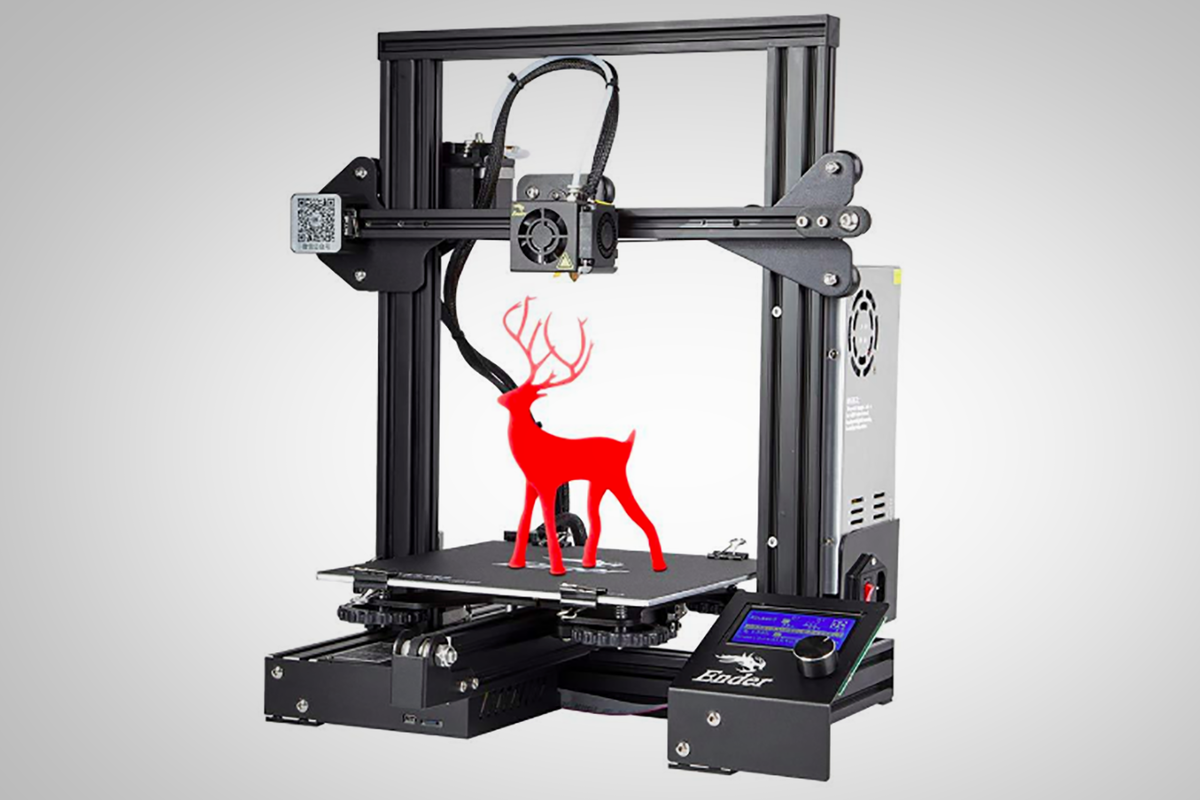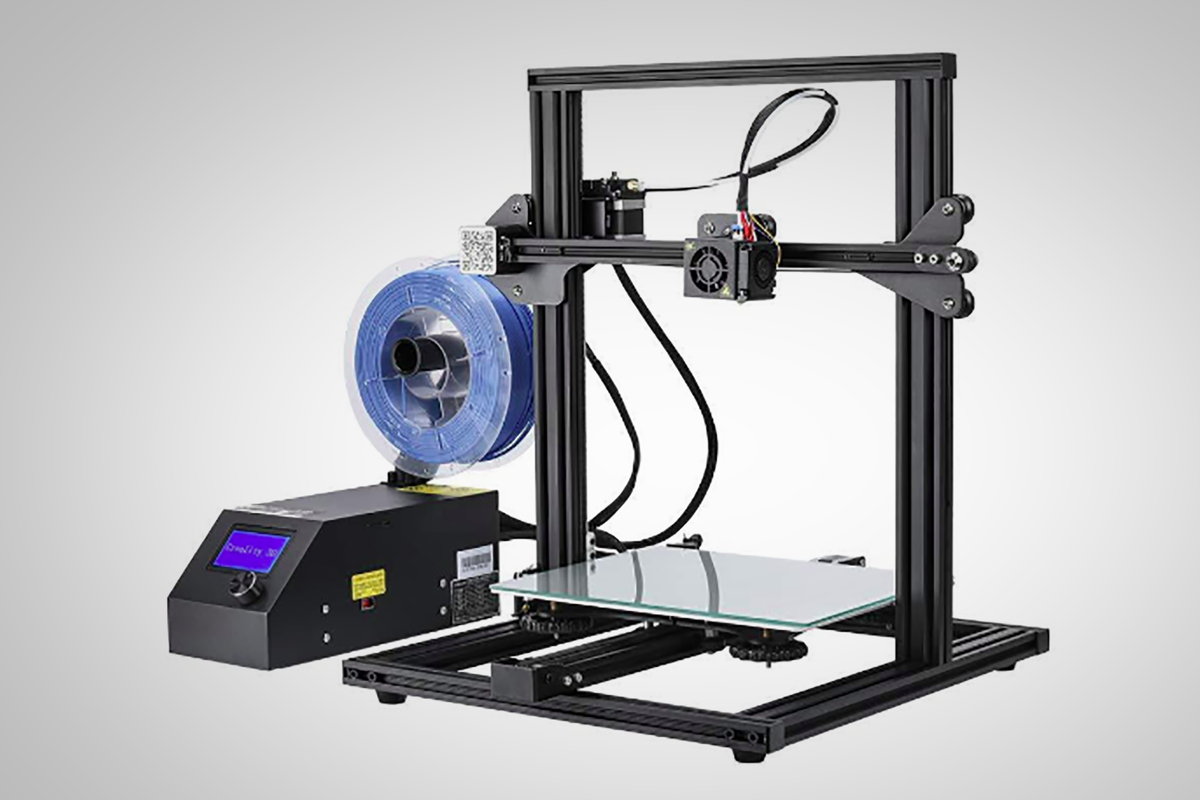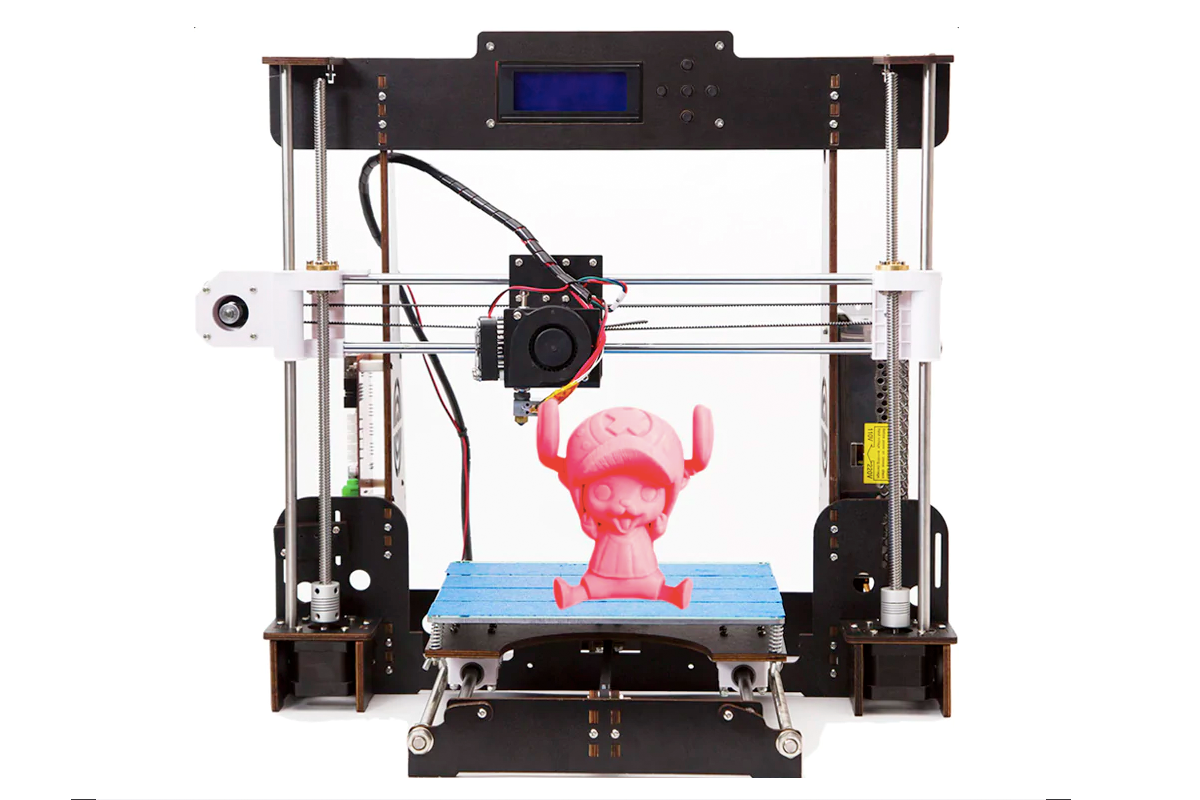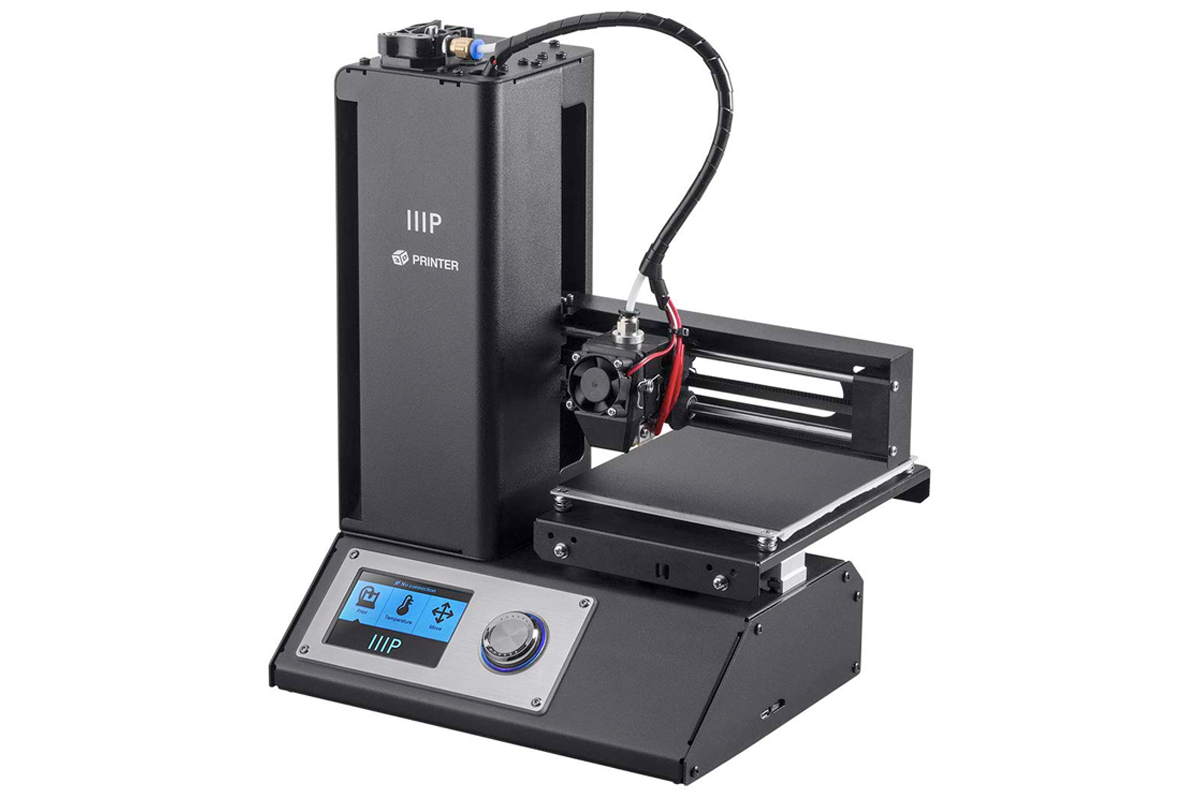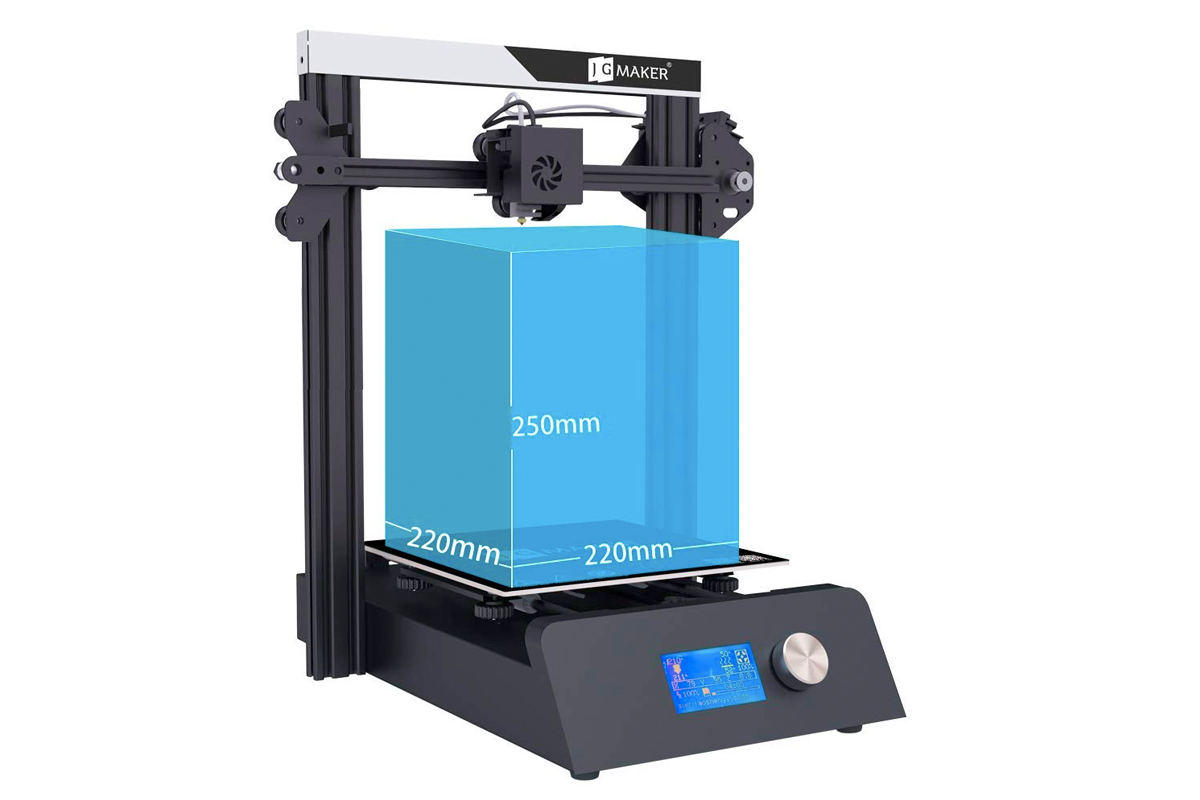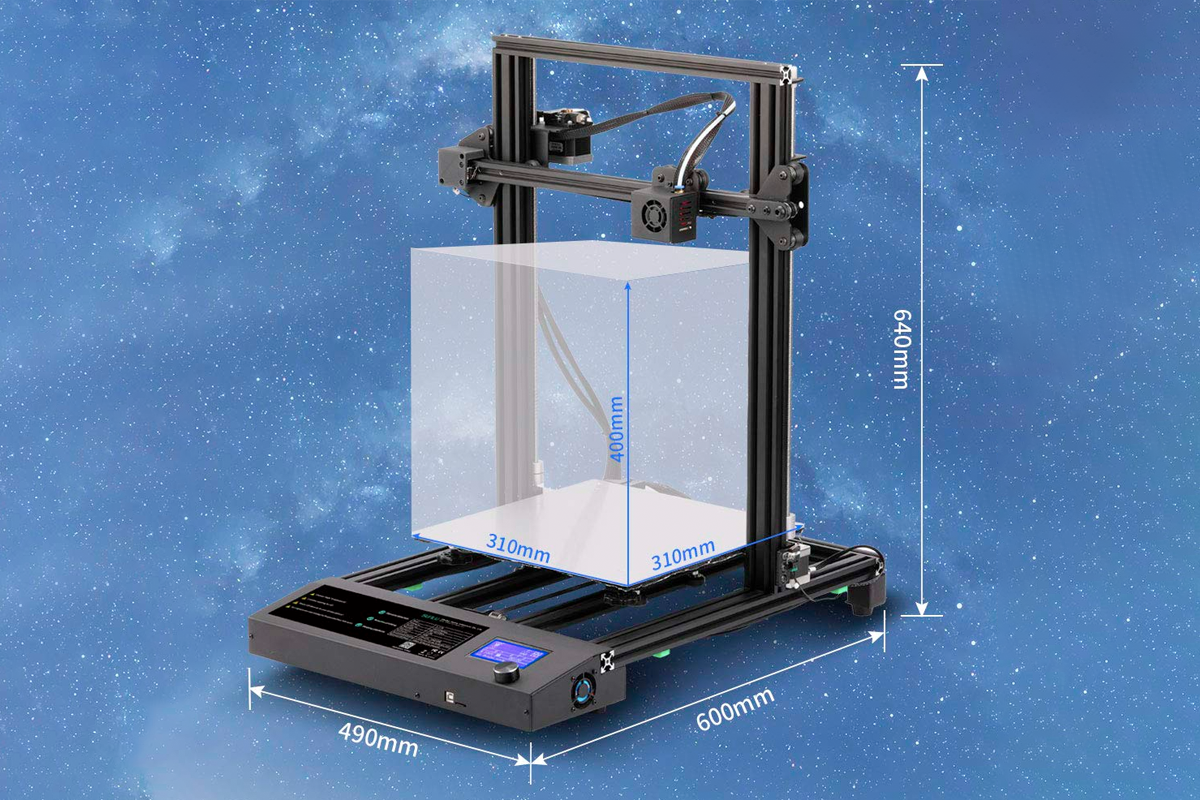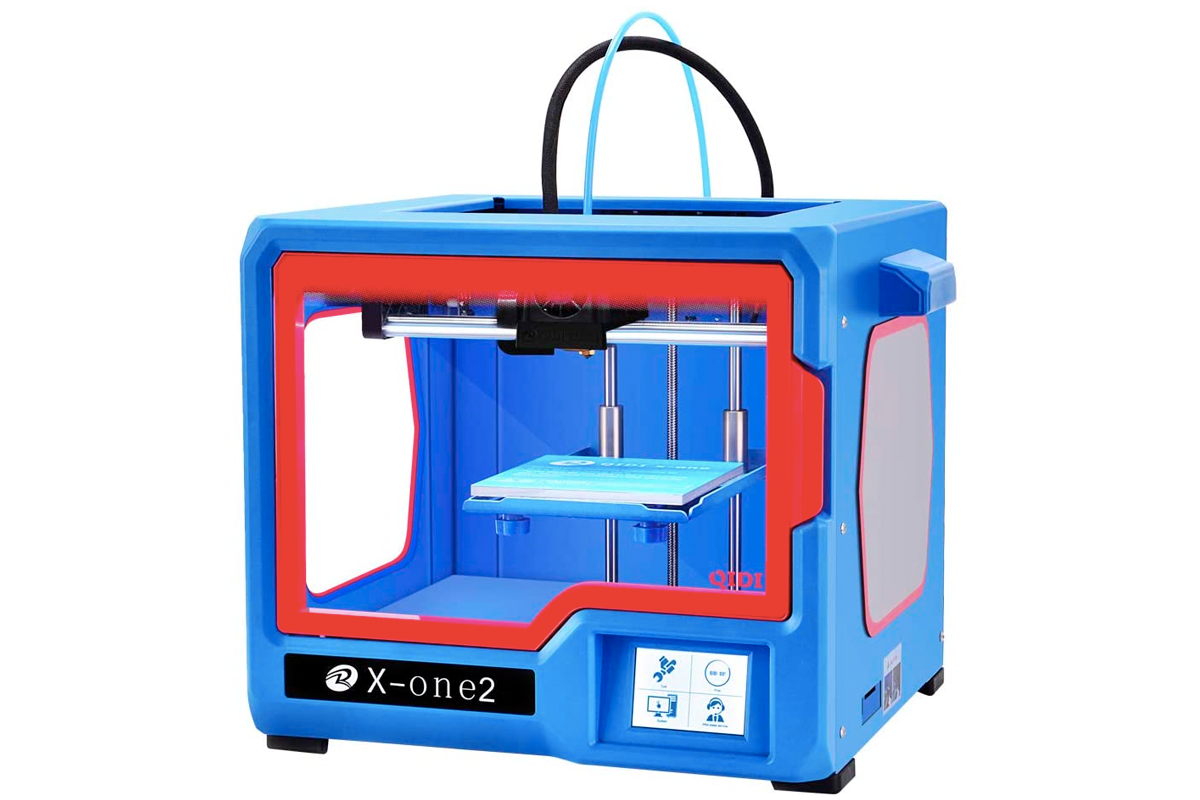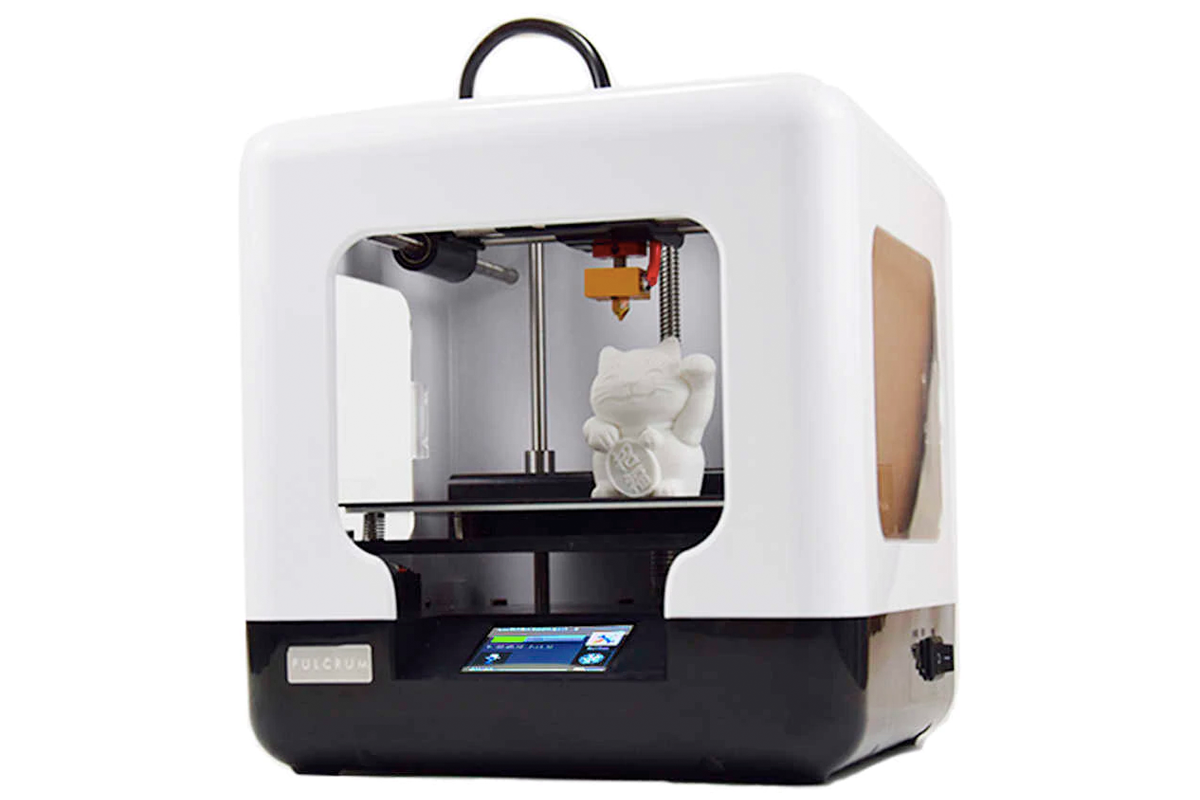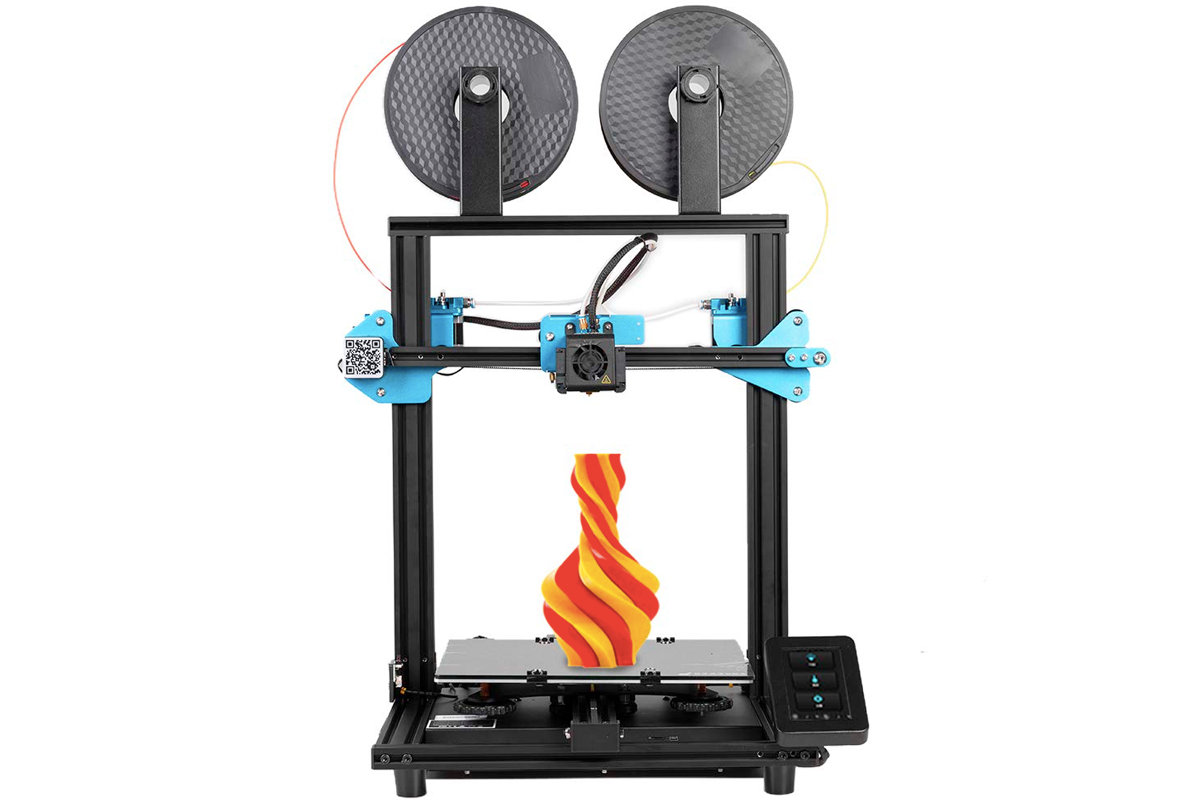So, you want to get started with a 3D printer? Congratulations. It’s not an overstatement to say that 3D printing changed my life. It opened up the possibility of making custom physical objects to meet my own specific needs. It got me comfortable building in the workshop and helped me create solutions I use every day.
Also: Everything you need to know about 3D printing and its impact on your business
But getting started can be daunting. What printer should you get? How much should you spend? Should you get SLA (resin) or FDM (filament)? This article is designed to break through those questions.
Also: Practical 3D prints: A first TinkerCAD project for your 3D printer
Let’s start with the resin vs. filament discussion. I recommend resin printers to people who want to produce small items of fine detail. Miniature gamers are a massive market for these, as are model railroaders and modelers of all kinds. Print quality can be exceptional, but they create more mess, smell a bit more, and require careful post-processing and management of somewhat toxic liquids.
DIY-IT Project
3D printing discovery series
Whether you’re new to 3D printing or an old hand, ZDNet’s 3D Printing Discovery Series will help you understand and get the most out of this amazing, accessible technology.
Read More
By contrast, I recommend filament printers to those who want to build objects that meet specific functional needs (rather than display needs). I use 3D printers for brackets, mountings, practical projects, and more. You can also make much larger objects with filament printers, so they’re a staple in the cosplay world for making masks and greeblies.
As for price, there are budget considerations. All the printers in this list are lower-cost printers. I have another list of pro-level printers you can check out if you’re able to spend more. Pro-level printers are more robust, and — unfortunate for beginners on a budget — often have conveniences like automatic bed leveling that make them easier to use. That said, you can go very far with most of the printers listed here.
Also: Practical 3D prints: Increasing workshop storage with bolt-in brackets
One final note before we kick off this list. I’ve added “Top Pick” indicators to the first few printers. These are the printers I’d feel immediately comfortable recommending to friends who ask about what printer to buy. They’re the “can’t go wrong” choices. That said, the rest of the list offers better prices or different options, so all on this best-of list are great contenders for newbie 3D printing practitioners.
Top Pick | Filament | Assembled $399; Kit $349
Josef Průša is about as close to 3D printing royalty as anyone can get. We talk about his story more in our best 3D printers for pros guide, where we spotlight the $999 Original Prusa i3 MK3S+.
With a build volume of 180x180x180mm (about 7 inches), the MINI+ has a relatively small build volume, but it’s probably the most “pro” of the printers we’re spotlighting in this guide. It’s designed to be a workhorse in design shops and print farms, but at $399, it’s also accessible to hobbyists and first-timers. If you want a hassle-free experience, this may well be the printer to choose to begin your 3D printing journey.
Top Pick | Resin | $220
Resin printers are becoming enormously popular among 3D printing enthusiasts, especially those who want smaller prints with very high detail. While the newest of the well-respected Mars series is the Mars 2 Pro, it is only available from resellers for scalper prices at well above $500. When more become available, the price will inevitably come down.
The Mars Pro, on the other hand, is $220 and is a rock-solid resin printer. I looked at it in my first resin printer shootout and I was completely impressed with its build quality and performance. You can go a little cheaper with the base Mars model, but for the extra $30, I think the slightly higher quality Mars Pro is a win.
Top Pick | Resin | $360
Objects solidify in resin printers when light hits the resin. Many printers use color LCD displays (essentially, cheap phone displays) to project the light. Recently, there’s been a surge in slightly more custom monochrome displays, which offer higher resolution and more clear light, resulting in faster, cleaner prints.
The Photon Mono is one such printer and it’s a step up from the Mars Pro we just showcased. But to get that step up, you’re going to pay more. Is it worth it? Well, if you’re serious about printing miniatures or super-detailed models, yeah. On the other hand, if you want to try your hands at resin printing on a budget, you can also try out the $129 Photon Zero.
Top Pick | Filament | $236
Creality has made a name for itself by selling low-cost 3D printers with reasonable build quality. You can get less-expensive printers with the same specs from other vendors, but generally speaking, Creality has managed to offer a consistent price/performance level, which is why we’re spotlighting two of the company’s printers on this list.
It features a removable build surface plate, can heat to 110 degrees C in just five minutes, and it comes with a 12-month warranty with lifetime technical assistance and 24-hour customer service.
You will need to allocate a few hours to build this printer. It does come with some sub-assemblies already put together, but there is some kit building required. With a 220×220 build surface, there’s a heated bed that can improve adhesion. It uses 1.75mm filament.
Like the CR-10 Mini on this list, there is a very vibrant aftermarket for Ender 3 parts and upgrades. Compared to the CR-10, it has a better power supply and a few improved features, expected from a newer machine.
Filament | $290
There is one primary reason you might want to pick the CR-10 Mini instead of the Ender 3 Pro. It has a larger build area, 12-inch by 8.7 inches (300 x 220mm). The CR-10 Mini doesn’t have quite the level of community support as its older brother, the CR-10, but there’s still a vibrant community out there. I spotlighted the CR-10 Mini back in 2018, and I found it to make very nice prints. It’s still a workhorse in the Fab Lab to this day.
But if you don’t need the added build area, I’d recommend you go with the Ender 3 Pro. It’s a newer and better overall machine. One note: The CR-10 line tends to drop in and out of stock. If you see an out-of-stock notice, just check back in a few days. They crank these things out constantly.
Filament | $99 (while supplies last)
Before we go too much further, let’s talk about the slightly strange secondary market. A lot of 3D printers don’t go through the traditional American marketing and consumer protection process. Instead, you can buy them directly from manufacturers or resellers that act as conduits, but not necessarily quality control.
One such printer is this 220 x 220 x 240mm printer with dual lead screws. Now, normally dual lead screws (the things that lift the tower) provide added stability, which increases print quality. In this case, however, the cabinet appears to be wooden, so your mileage may vary. That said, it’s a workable size printer for under $100. It definitely falls into the “you take your chances” category, but heck, it’s $99.
Filament | $199
One company that does do a lot of Q&A and value add, yet still manages to keep prices down is Monoprice. I could wax poetic on Monoprice’s components catalog (which I understand is no longer distributed in print form), but let’s just say that if you haven’t spent some time digging through their components, connectors, and cables selection, you can’t rightly call yourself a geek.
This little printer has a relatively small bed (190 x 190mm), but it’s still big enough to print some useful objects. Amazingly, it has Wi-Fi, a color screen, a removable build plate, and a heated bed — all for $199.
Filament | $199
Now let’s switch to another $199 printer, this time with a larger 220 x 220 x 250mm build area. Like the Monoprice, it has a heated bed, but it doesn’t have Wi-Fi. On the other hand, the device does have filament run-out protection, which (if nothing else goes wrong) will let you replace the filament if it runs out before the print completes. Be aware that there will be some assembly required for this printer. That said, who can turn down a “magic upgraded” printer, especially when that’s part of its name?
Filament | $199
Now if you want huge and cheap, all for under $200, there’s the SUNLU S8. This has a ginormous 310 x 310 x 400mm heated bed. To be clear, that’s about one cubic foot. If you’re an absolute beginning and aren’t comfortable with tweaking and tuning, this is probably not for you. But if you want huge but also super-cheap, and you’re willing to do a little work, this could be a bargain.
Here’s the thing: Heated beds are difficult to heat evenly. Doing so often requires expensive components and materials. If the bed is huge and cheap, it will undoubtedly have colder and warmer spots, which may cause bed adhesion issues. If you wanted to print something really big, you’d have to pay special attention to adhesion get your leveling absolutely perfect. But, heck, for $199, it’s worth some tinkering time.
Filament | $249
Interestingly, this seems to use the Ultimakers as inspiration. If you look at my Ultimaker 3 or Ultimaker S5 reviews, you’ll notice that this has the same bed lift mechanism and the same extruder carriage design. It’s also enclosed, which helps manage the heat dissipation and can result in nicer prints.
To be clear, the QIDI isn’t $3,000 or $6,000. At a mere 140 x 140 x 140mm build area, it’s a fraction of what the Ultimakers provide. It also doesn’t support dual filament printing and doesn’t provide automatic bed leveling, a camera, or internal lighting. That said, if you want to get a feel for how an enclosed printer might work and do it inexpensively, the QIDI is worth a look.
Filament | $129
The FULCRUM MINIBOT is a tiny, little printer that just makes you want to go “Squee.” It’s cute. But don’t let its tiny size and even tinier price fool you. The build area of 210 x 210 x 220mm is surprisingly roomy given the price. Print quality is adequate, but the enclosed print area means that kids’ little hands can’t easily reach in and be burned by the hot end.
Filament | Dual Extruder | $349
Last on our list is a special choice, the Sovol SV02, which is the only dual-extrusion printer on this list. Dual-extrusion printers allow you to load two filaments into the printer and switch between them mid-print. You can do this for two-tone highlighting, or use one filament as the final object and one filament for supports. I use a dissolvable PVA support filament on the Ultimakers to create complex, intricate prints.
What makes this printer stand out is the dual filament capability is in a $349 machine. It appears users either love it or hate it, which may go to the cost controls necessary to reach that price point with dual filament functionality. That said, I prefer dual filament machines and if you’re willing to take a slight risk (Amazon does allow returns), it’s a worthwhile and powerful option.
Our process
3D printers come on and off the market constantly. There’s almost always a bunch of Kickstarter campaigns for 3D printers with a slightly different set of specs or price points. But there are some machines that are classics. Those are machines I’ve worked with and have taken off in the hearts and minds of 3D printing enthusiasts. Those are the ones I labeled top picks.
Once you get under $400, though, especially down under $200, you wind up delving into the world of off-brands. These are quite competent printers but made by smaller or lesser-known companies. Here, I mostly relied on finding what was available and then cross-checking against formal reviews and user feedback. For those where I had any concerns at all (and when you get that cheap, you do), I flagged them in my listing.
How to choose
I recommend you make a few basic decisions. First, decide if you’re planning on making miniatures and tiny models. If so, then you want a resin printer. If not, you want a filament printer. Then, decide on how big the objects need to be. If you need very large prints, then your choices narrow quickly. Finally, decide on how much money you can spend.
Choose wisely. I do not necessarily recommend you go with the least expensive option because, at least for items on this list, those will be the printers that produce the lowest quality results along with the most frustrations. If you can afford it, you can’t lose by choosing any of my top picks.
Good luck and let us know what you’re working on in the comments below.
You can follow my day-to-day project updates on social media. Be sure to follow me on Twitter at @DavidGewirtz, on Facebook at Facebook.com/DavidGewirtz, on Instagram at Instagram.com/DavidGewirtz, and on YouTube at YouTube.com/DavidGewirtzTV.
